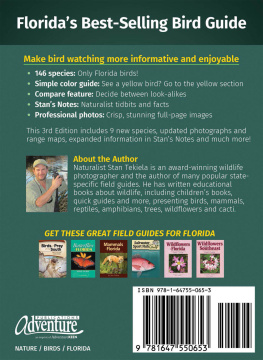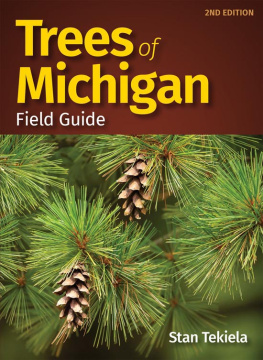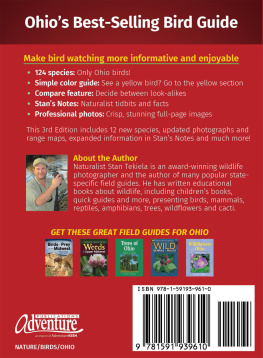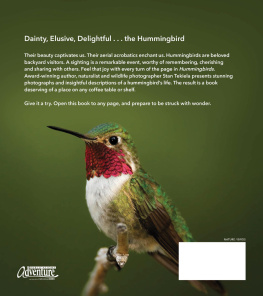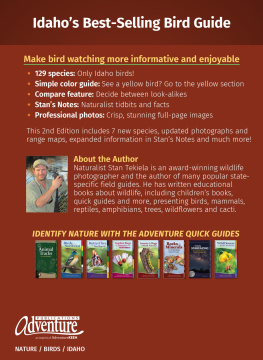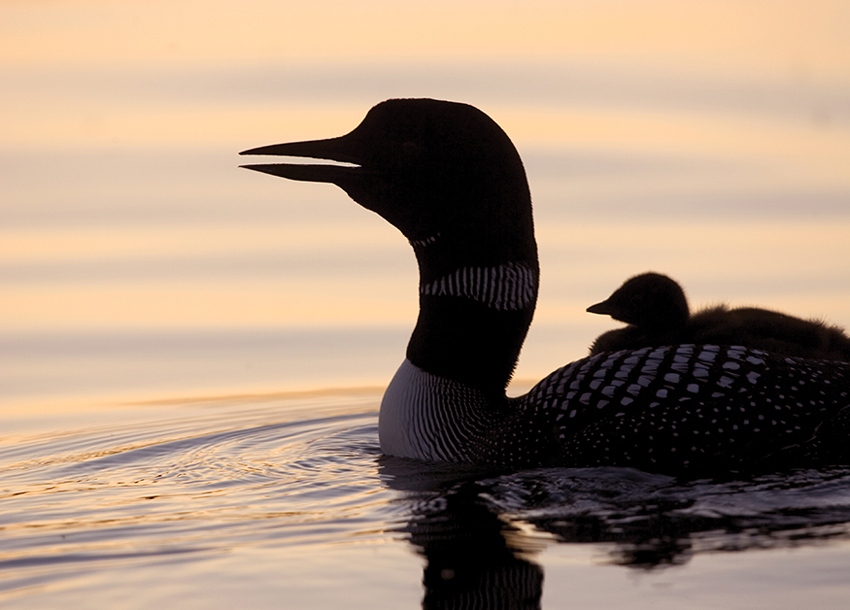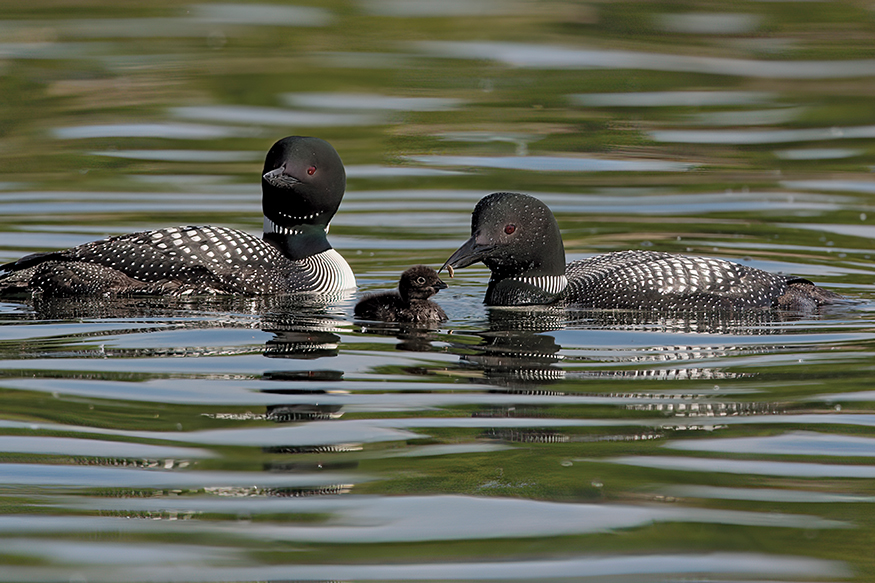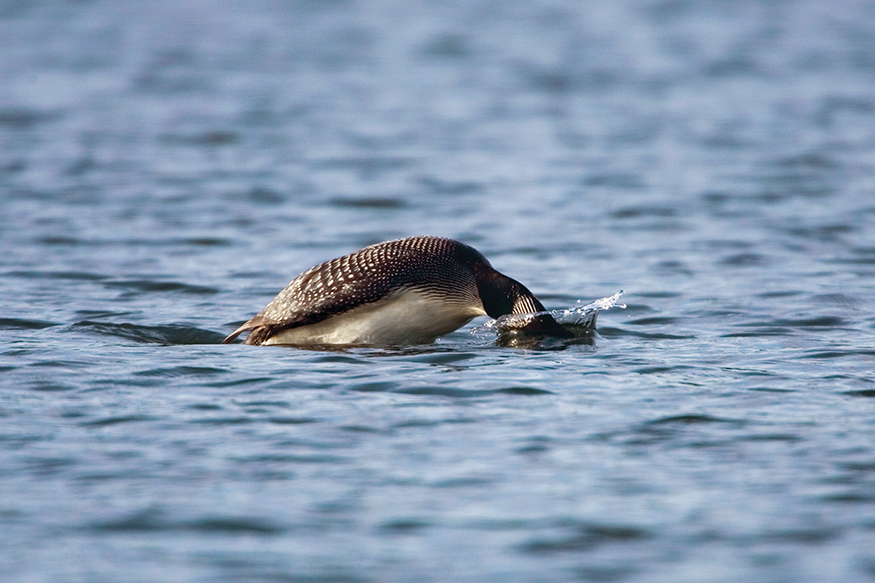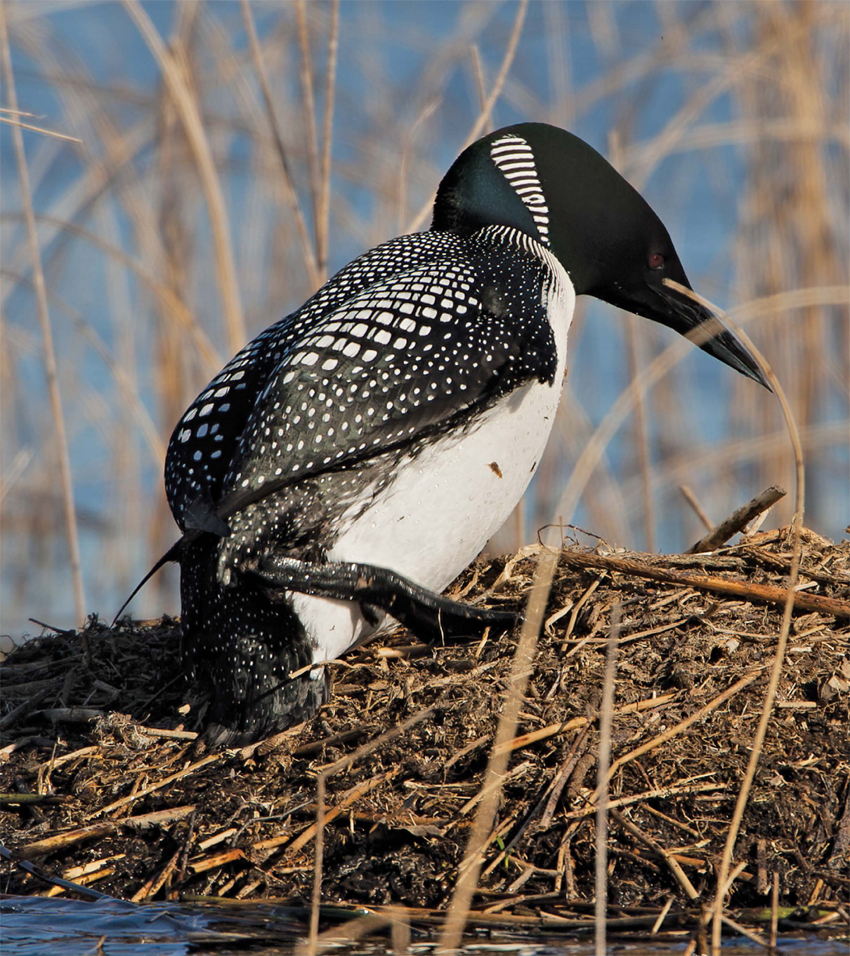Stan Tekiela - Loons: The Iconic Waterbirds
Here you can read online Stan Tekiela - Loons: The Iconic Waterbirds full text of the book (entire story) in english for free. Download pdf and epub, get meaning, cover and reviews about this ebook. year: 2021, publisher: Adventure Publications, genre: Home and family. Description of the work, (preface) as well as reviews are available. Best literature library LitArk.com created for fans of good reading and offers a wide selection of genres:
Romance novel
Science fiction
Adventure
Detective
Science
History
Home and family
Prose
Art
Politics
Computer
Non-fiction
Religion
Business
Children
Humor
Choose a favorite category and find really read worthwhile books. Enjoy immersion in the world of imagination, feel the emotions of the characters or learn something new for yourself, make an fascinating discovery.
- Book:Loons: The Iconic Waterbirds
- Author:
- Publisher:Adventure Publications
- Genre:
- Year:2021
- Rating:5 / 5
- Favourites:Add to favourites
- Your mark:
Loons: The Iconic Waterbirds: summary, description and annotation
We offer to read an annotation, description, summary or preface (depends on what the author of the book "Loons: The Iconic Waterbirds" wrote himself). If you haven't found the necessary information about the book — write in the comments, we will try to find it.
Celebrate the lives of common loons with this collection of photographs and information by award-winning author and wildlife photographer Stan Tekiela.
Their stunning beauty inspires us. Their haunting calls fill us with nostalgia. Loons remind us of joyful days at the lake, of time spent with family. Their arrival each spring signals the end of winter and that warmer days are ahead. Award-winning author, naturalist, and wildlife photographer Stan Tekiela believes that loons are the most fascinating of birds. He spent years studying loons, noting their behaviors and capturing them in photographs. Stans research spanned major events such as migration and courtship, as well as everyday activities including feeding and sleeping.
The result is a striking portrayal of these amazing birds in Loons. Stans extraordinary photographs depict the water birds in a new, unique fashion. His fascinating text, drawn from detailed research and personal observations, provides information about every aspect of the loons lives. Presented with headings and short paragraphs, the coffee-table book is pleasurable to browse and easy to read.
Theyre one of my favorite birds because theyre so beautiful, says Stan. Their calls can send shivers down my spine, and they have incredible parenting skills.
Unmatched by any other book on the market, Loons is a must-have for bird watchers, water bird enthusiasts, and nature lovers.
Stan Tekiela: author's other books
Who wrote Loons: The Iconic Waterbirds? Find out the surname, the name of the author of the book and a list of all author's works by series.


